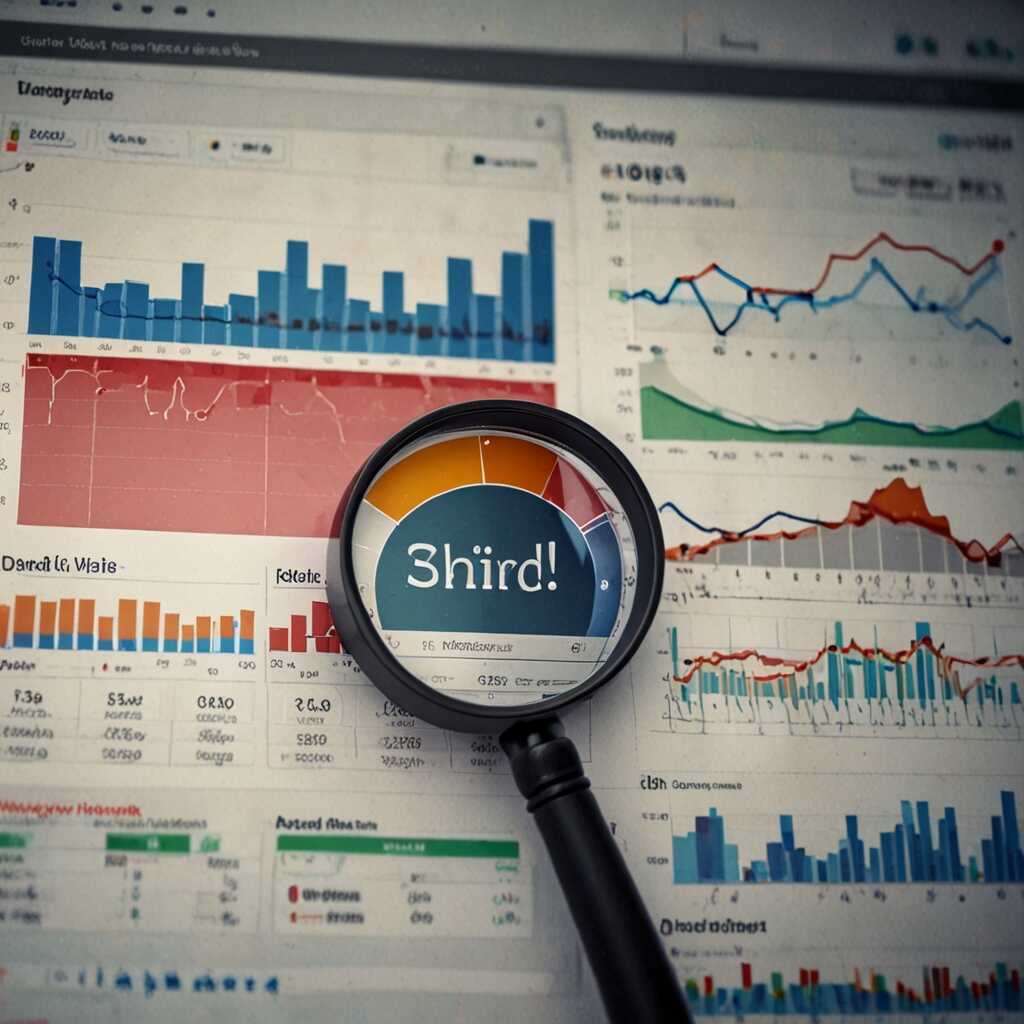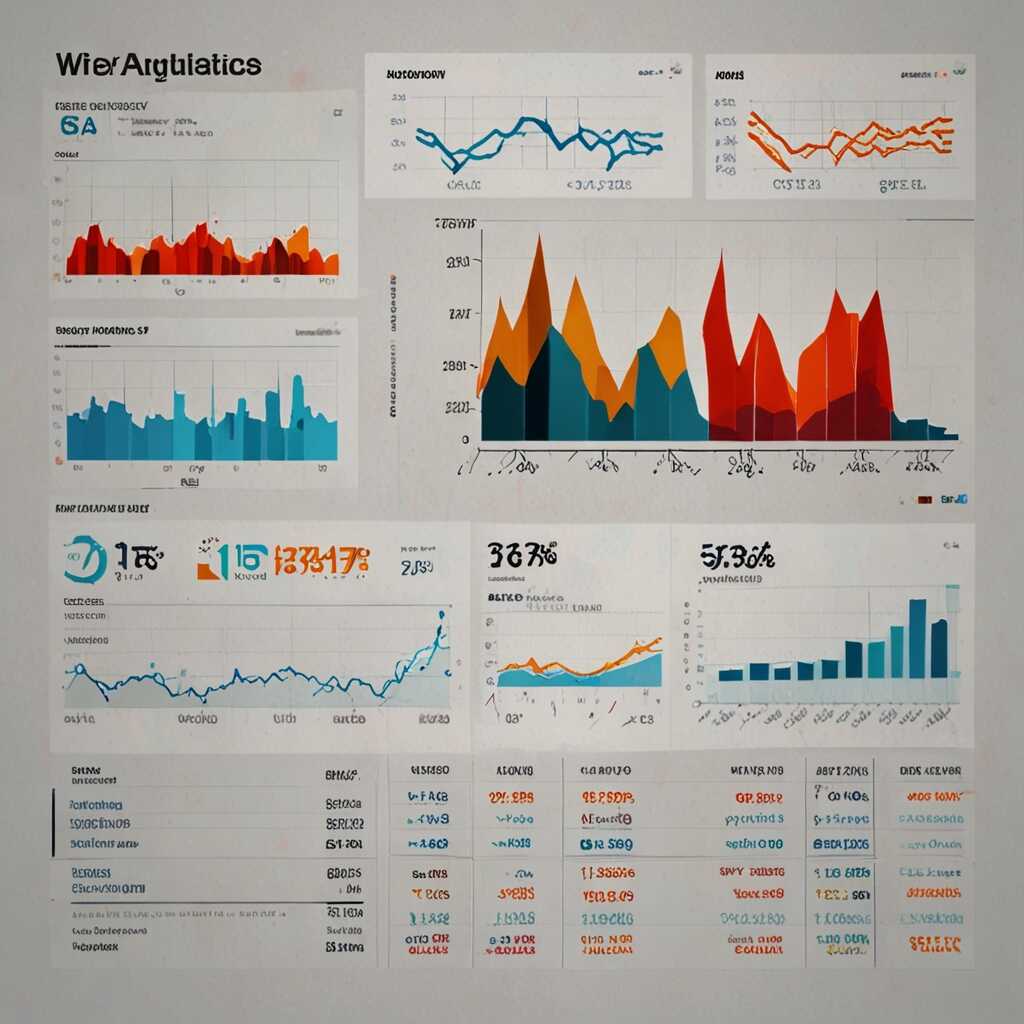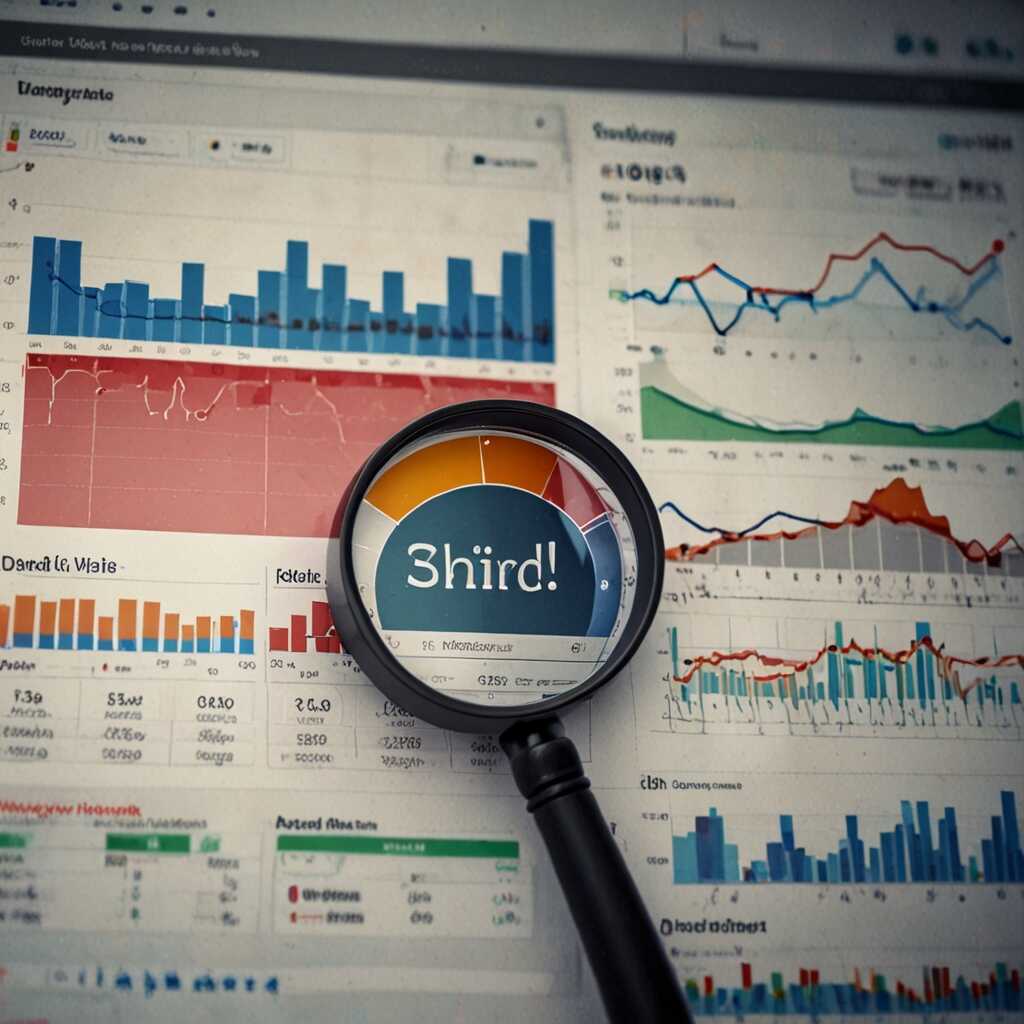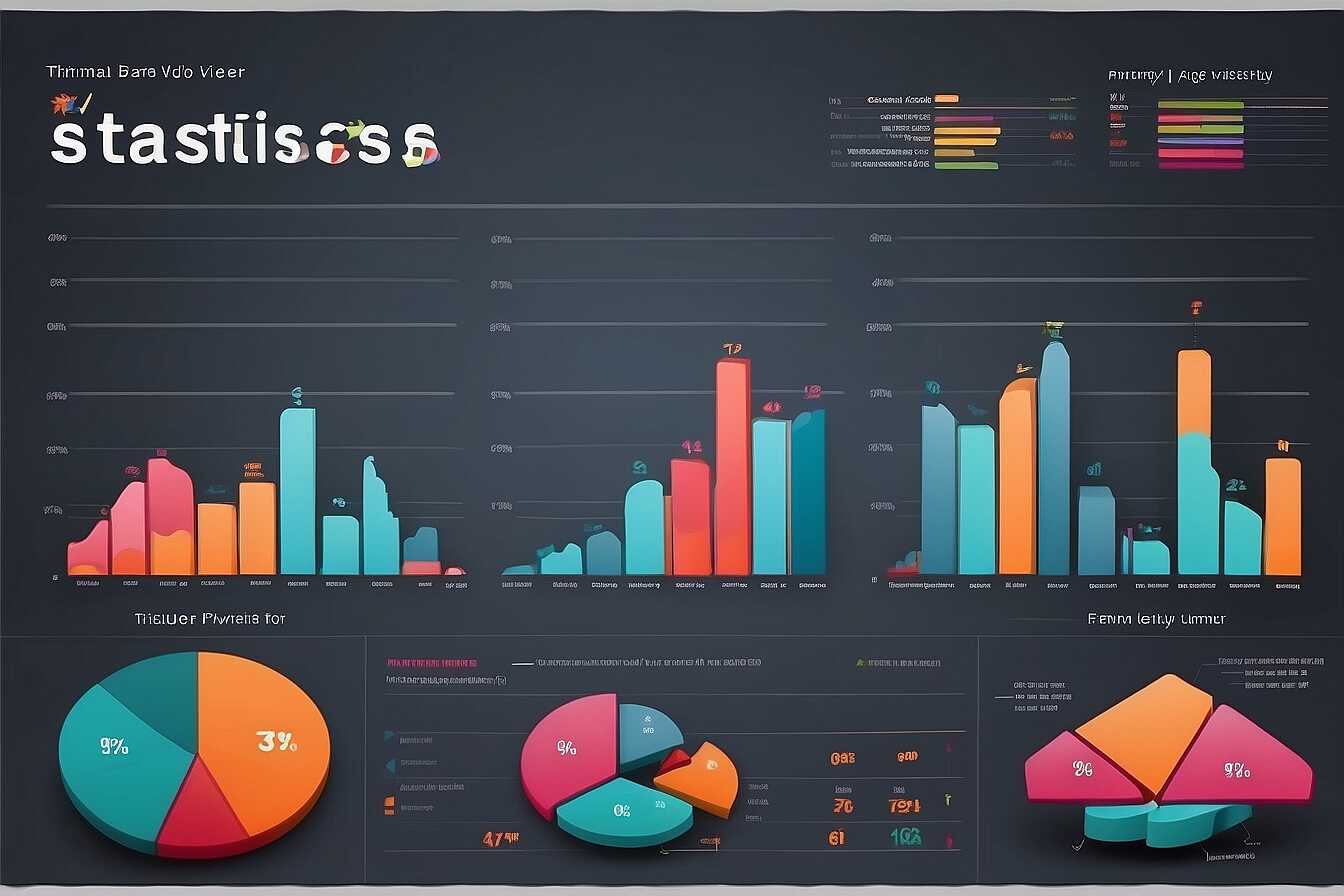The role of internal linking in enhancing link building success is crucial for effective SEO strategies. A well-structured internal linking system not only boosts page authority but also improves user navigation, which contributes to higher rankings. At Metrics Rule, we understand that optimizing your internal links can significantly amplify your link building efforts and overall SEO performance. By leveraging our expertise in technical SEO, we help you create a strong internal linking framework that supports your link building goals.
Defining Internal Linking and Its Importance in SEO
Internal linking refers to the practice of linking one page of a website to another page within the same domain. This technique is crucial for SEO because it enhances site navigation, promotes better crawling by search engines, and helps distribute link authority across the site. Effective internal linking lays the groundwork for optimizing overall site architecture. By ensuring that important pages receive adequate internal links, you can improve their visibility and ranking in search engine results. Furthermore, a well-structured internal linking strategy enhances user experience by guiding visitors to relevant content easily.
Best Practices for Effective Internal Linking
Creating an effective internal linking strategy involves several best practices. First, ensure that each page has relevant internal links, ideally between 3 to 5 links per page, but not overwhelming the reader. Use descriptive anchor text that accurately reflects the content of the linked page. This practice not only aids in indexing but also provides clarity to users. Additionally, maintain a logical site hierarchy that allows key pages to be linked from multiple sources across the site. By implementing these strategies, you can significantly improve your site’s SEO performance and enhance user experience, ensuring visitors can easily find valuable information. At Metrics Rule, we emphasize the importance of these practices to elevate SEO and user satisfaction.
How Internal Links Impact Page Authority and SEO Ranking
Internal links significantly affect page authority by distributing ranking value throughout a website. When a page receives internal links, it signals to search engines like Google that it is important, enhancing its chances of standing out in search results. For instance, a robust internal linking strategy improves SEO performance across various platforms, such as e-commerce sites and blogs, by helping search engines crawl and index the content more efficiently. Establishing a clear internal linking structure can lead to improved visibility and increased organic search rankings. Websites may deploy up to 100 internal links on a single page. However, focusing on quality over quantity ensures that each link genuinely enhances a user’s navigation experience.
Building an Effective Internal Linking Strategy
Creating a successful internal linking strategy involves several essential steps. Start by mapping your site’s structure to identify key pages that drive traffic and conversions. Use tools like Google Analytics to review page performance and prioritize links that connect high-value content. It’s crucial to establish contextual relevance among internal links. For example, linking product pages to relevant blog posts creates a seamless user experience while enhancing information flow. Furthermore, ensure that each page has several internal links, typically ranging from three to six, in order to maximize its ability to gather page authority effectively. This method leads to improved SEO results over time, which Metrics Rule can help you achieve through tailored technical SEO optimization.

Enhancing Crawl Efficiency Through Effective Internal Linking
A strategic internal linking structure significantly enhances crawl efficiency, ensuring search engines like Google and Bing can access and index your website pages. By creating a clear and organized link structure, you facilitate easier navigation for search engine bots. This organized system enables the bots to crawl all important pages quickly, thus improving your website’s visibility in search engine results. Consistent internal links help search engines understand the context and relevance of your content, enhancing overall SEO performance.
Optimal Number of Internal Links per Page
The optimal number of internal links on a webpage can vary, but a reliable guideline is between 10 and 20 links. This number balances the need for crawl efficiency while ensuring each link retains significance. Too few links may hinder discoverability, while too many can dilute link value and confuse both users and search engines. Conducting testing and analytics can provide data-driven insights for your unique website structure. Metrics Rule, as an expert in Vancouver SEO, emphasizes the importance of tailoring internal linking based on your site’s specific needs and goals.
Numerical Insights into Linking Tactics
- About 40% of users click on the first link in search results.
- Studies show internal links can boost page authority by 15%.
- Websites with a solid linking strategy see a 50% increase in organic traffic.
- Internal linking accounts for roughly 25% of the signals Google uses for ranking.
- Extensive internal links improve indexing speeds by 30%.
- Content with internal links tends to retain visitors for 40% longer.
- Pages with high internal links rank up to 35% better in search results.

Strategies for Designing a Robust Internal Linking Framework
To develop a strong internal linking framework, start by planning your link structure. Identify your primary pages that you want to rank well. Use a website navigation strategy that ensures related content links to each other, enhancing user experience and SEO performance. Effective anchor texts are essential; use descriptive terms rather than generic ones. This approach informs users and search engines about the content they’re linking to. Aim for around three to five internal links per page, depending on the content length. This helps balance the distribution of link equity across your site.
Choosing the Right Anchor Texts for Improved SEO
Selecting effective anchor texts is crucial for enhancing your internal linking strategy. Use relevant keywords in your anchor texts that correlate with the linked page’s content. Ensure the texts are natural and contextually appropriate. Avoid over-optimization by varying your anchor texts and including branded terms when applicable. This diversity helps Google appreciate your site’s depth. Research shows that a thoughtful approach to anchor text can significantly improve your SERP rankings. Aim for anchor texts that guide users while also being informative to search engines. By following these tactics, you’ll ensure your internal links work to enhance your overall SEO performance.

Diagnosing Common Internal Linking Problems and Solutions
Many websites face internal linking issues that hinder SEO performance. Common problems include orphaned pages with no internal links, excessive links on a single page, and a lack of relevant anchor text. Each of these issues can negatively impact how search engines crawl and index your site. To enhance internal linking, it’s essential to create a structured internal link strategy, ensuring that each page is interconnected appropriately. Implementing an internal linking audit can help identify gaps and recommend solutions tailored to address these issues. For optimal results, aim to have between 3 to 10 internal links per page, depending on the content’s length and relevance.
Effective Strategies for Enhancing Internal Link Structure
Improving your internal link structure is essential for maximizing SEO performance. Start by mapping out your website’s content to identify gaps in linking and optimize internal links for easier navigation. Use relevant anchor text to enhance keyword relevance, and ensure your most important pages receive more internal links. Regularly review and update your internal linking strategy based on analytics data. If your site’s architecture includes categories or subcategories, link them properly to promote reliability in search engine crawling. By focusing on these effective strategies, you can dramatically improve not just your internal linking structure but also overall SEO performance.
Advantages of a Well-Structured Link System
- Improves user navigation by guiding visitors to related content.
- Enhances link building success by improving site authority and relevance.
- Promotes content discovery, leading to increased page views and engagement.
- Boosts SEO performance through better crawling and indexing by search engines.
- Builds a logical hierarchy of information, enhancing the user’s experience.
- Facilitates smoother flow of link equity across your website.
- Aids in targeting specific keywords more effectively within the site.

The Effect of Internal Linking on User Experience and Retention
Internal linking significantly improves user experience by making navigation more intuitive. A well-structured internal linking strategy leads users to relevant content, ensuring they remain engaged longer. For example, linking related blog posts or product pages can provide readers with deeper insights into topics they care about. Content types such as FAQs, product reviews, and category pages see the most benefit from this strategy, as they guide users along the customer journey. Many reports suggest that including around 5-10 internal links per page can greatly enhance user engagement rates, encouraging visitors to explore additional content.
Key Components of an Effective Internal Linking Strategy
Implementing an effective internal linking strategy is essential for maximizing user engagement. These components include the use of descriptive anchor text that clearly indicates what the linked page offers. Additionally, strategically placing internal links within high-quality content can guide users seamlessly from one page to another. Monitoring analytics and user behavior data also helps identify which internal links perform best. By testing different linking placements and adjusting as necessary, businesses can enhance their website’s navigation, resulting in improved retention rates and overall user satisfaction. Metrics Rule emphasizes the importance of these strategies for successful SEO performance.
Evaluating the Success of Your Internal Linking Strategies
Understanding the effectiveness of your internal linking involves key metrics such as Click-Through Rate (CTR), bounce rate, and time on page. Tools like Google Analytics provide insight into user behavior, allowing you to track how effectively internal links drive traffic. SEMrush also offers features to audit your website structure and identify opportunities for improvement. The ideal percentage of internal links typically ranges from 15-25% of total links, depending on the size and content structure of your website. A balanced approach ensures that both internal linking and external link building contribute to overall SEO performance.
Utilizing Google Analytics for Internal Link Evaluation
Google Analytics offers vital features for assessing your internal links. By examining metrics like page views per session and average session duration, you can identify which internal links engage users effectively. Additionally, tracking user flows helps you assess the most visited paths through your website. This detailed data allows you to refine your internal linking strategy and enhances SEO performance by directing traffic toward high-value pages. By leveraging these insights, you can improve time on page and reduce bounce rates, ultimately leading to better search engine rankings.
Audience Segmentation for Linking Strategies
- Small business owners seek to improve online visibility through linking strategies.
- Content creators use internal links to guide readers to additional resources.
- SEO professionals look for ways to enhance linking for better search rankings.
- Website developers focus on optimizing site structure for effective linking.
- Digital marketers aim to increase conversions through better user navigation.
- Established brands leverage internal linking to maintain authority over competitors.
- Bloggers utilize internal links to encourage reader engagement and retention.
Real-Life Examples of Effective Internal Linking Strategies
Several websites have effectively utilized internal linking strategies to boost their SEO performance. For instance, HubSpot employed a unique internal linking technique by connecting related blog posts, guiding users through relevant content to enhance engagement metrics. This approach not only improved user experience but also ensured that search engines indexed their pages efficiently. Similarly, Shopify created a comprehensive internal linking structure, directing users from product pages to related articles, which resulted in increased time-on-page and reduced bounce rates. In each of these case studies, the number of internal links created often ranged from 50 to over 200, significantly improving overall SEO results.
How Internal Linking Techniques Impact User Engagement
Effective internal linking strategies significantly enhance user engagement on websites. For example, when a visitor accesses a blog post on a topic, linking to associated content keeps them on the site longer. This not only enhances their experience but also conveys reliability to search engines, which consider user engagement metrics when determining rankings. Internal links should be designed to provide clear pathways to related content. Websites that utilize a well-planned internal linking strategy, like Metrics Rule, enable easy navigation, encouraging users to explore more pages. This technique effectively lowers bounce rates, improves SEO, and results in better performance overall.
